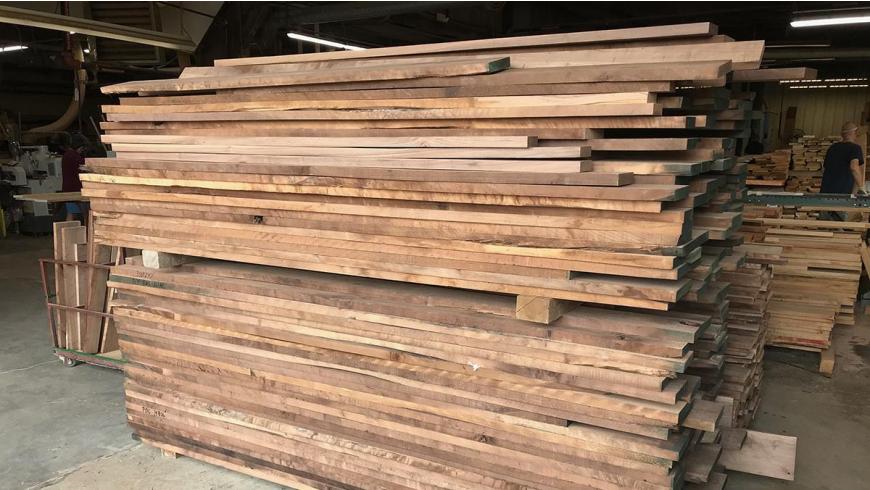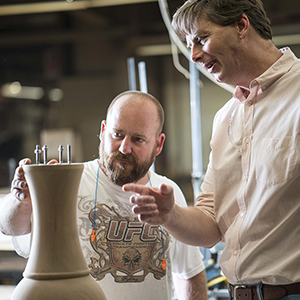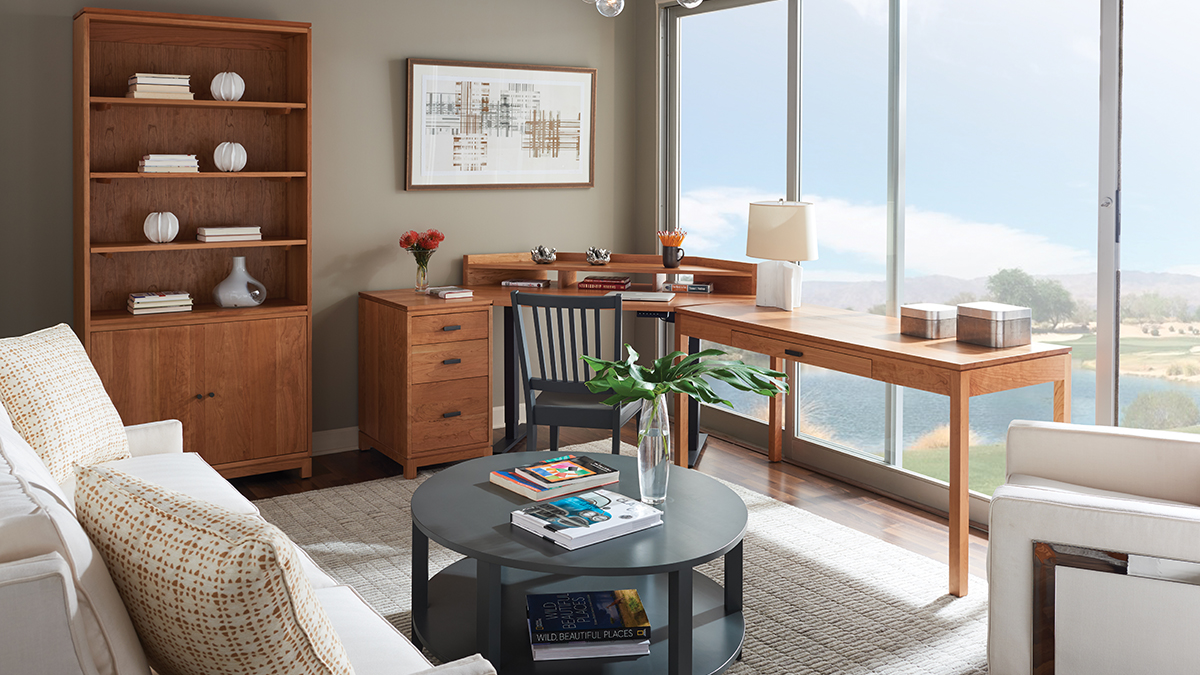Healthier Furniture Materials Let Us Breathe Better Indoors

Considering Americans spend about 65% of their lives inside their homes, we should all be asking hard questions about indoor air quality. Recent studies have found the quality of the air we breathe is significantly impacting productivity at work, academic performance in schools, and our overall health.

“Poor indoor air quality has been linked to asthma and other respiratory illnesses,” said Jonsara Ruth, design director at the Healthy Materials Lab for the Parsons School of Design in NYC. “Even diseases like obesity are related to long-term exposure to the chemicals that off-gas from furniture, carpet, and paint; the things we use to make interiors. Scientific and medical reserach is ongoing and has detected these chemicals in human blood samples.”
Jonsara, for many years a furniture designer working for major brands, co-founded Parson's Healthy Materials Lab in 2015. Her passion for the subject began after visiting a factory in China. She found it difficult to breathe there and realized pollution was the culprit. Further, it wasn’t just the factory workers being affected, but the surrounding neighborhood as well. “I realized at that moment that as a designer I was part of the problem and decided I didn’t want to do that anymore,” she said.
The Healthy Materials Lab Jonsara co-directs is funded by a family foundation which allows it to operate independently while tapping into the deep educational resources of Parsons. The focus is on materials and building products used in design, the surfaces and objects in the home that have a direct relationship to humans who occupy that space. ”It has to be taught,” Jonsara said, “but the good news is we see more and more students choosing Parsons because they want to learn about healthier design.”
Those in the industry who are already out in the world are a target, too. Designers, architects — anyone in the industry — can take the Lab’s online, self-paced educational program and learn basic issues of material health, chemicals to avoid, and how to put healthier design into practice.
For consumers, it’s about asking the right questions before you buy. Jonsara asks students to think about every stage of the product’s life cycle, from the responsible cutting of trees, the carbon impact of transportation, the milling, processing, and production, and then of course the end of the product’s life.

“With well-made solid wood furniture like Gat Creek, that product is not going to meet the unfortunate end of being dumped in a landfill. It will be passed down or end up in a second-hand store,” Jonsara said.
With veneered or plywood products, Jonsara stressed that consumers understand that type of wood furniture relies on volatile organic compounds (VOCs), which often include formaldehyde, for manufacturing. And those chemicals will off-gas into your home, often for years and years. “Look at a room in your house and imagine these gases being emitted from each piece of furniture,” she said.
“When you think about it, it’s just common sense. Would you rather be living and sleeping in a space with furniture made from the forest or stuff that comes from a factory where the chemicals require workers to wear hazmat suits?”
For Gat Creek customers, that’s an easy one.

